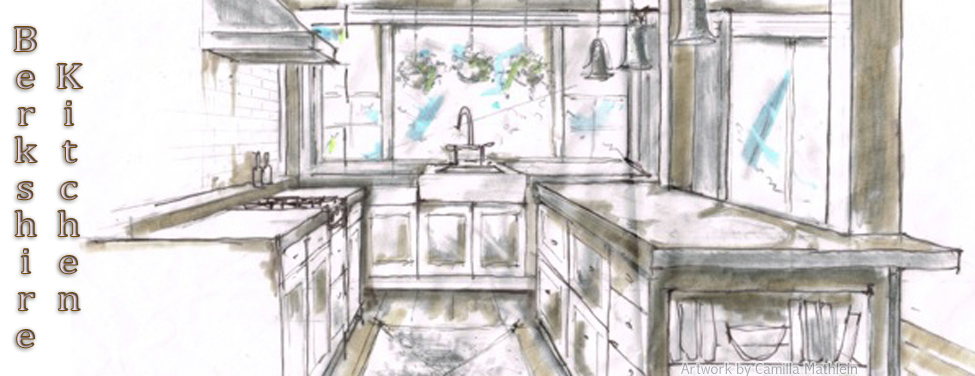Maple Cream
The signs of spring are everywhere. The days are longer as sunlight increases by a few minutes each day. We’ve pushed our clocks ahead to Daylight Savings Time and the calendar also assures us that spring is just around the corner. Another telltale sign is the proliferation of tubing spanning the maple trees across the Berkshires and the sweet steam emanating from the sugar shacks. It’s maple sugaring season!
We’re lucky to live where there are so many maple trees. The same trees that give us the flaming mosaic of colors in the fall offer their sap as a sweet treat in the spring. Sugar maple trees (Acer saccharum) are found only in North America – from Nova Scotia to Georgia in the east and from Ontario to southern Missouri in the west. The maple sugaring process begins when springtime temperatures fluctuate between warm 45-degree days followed by below-freezing nights.
Everyone is familiar with the pure maple syrup that we pour on pancakes and waffles and perhaps you’ve tasted maple candies or sprinkled maple sugar on toast. There’s another maple confection that many folks have never heard of: maple cream. Maple Cream has a soft buttery consistency that is perfect for spreading on toast, stirring into some oatmeal, using as a base for a vinaigrette or as a dip for sweet potato fries.
Maple cream is easy to make but does require two special items: a candy thermometer and patience. The process is easy but very precise. To change maple syrup into cream it must be boiled to 235 degrees, then the pan must be quickly set into an ice bath to cool. When the temperature of the syrup drops down to 100 degrees, you start stirring.
This is where the magic begins. Slowly stirring the boiled-then-cooled maple syrup will transform it into a thick creamy spread through the process of crystallization. It’s imperative that you do not stir the syrup at all while it is boiling or cooling. If you do, you risk having big crystals form which will make your maple cream grainy. I found that it’s best to just leave the candy thermometer clipped to the side of the pan until the temperature drops to 100 degrees and you’re ready to begin stirring. You’ll be slowly stirring for about 30 minutes, similar to making a roux. The maple will lighten, then turn shiny, then turn a bit duller but deliciously creamy. If you’d prefer, you can stir the maple with a stand mixer set on low using a paddle blade but you’d miss the comforting process of seeing the maple transformed into a creamy spread just by stirring it by hand.
MAPLE CREAM
In a medium pan with a candy thermometer attached, bring 3 cups of medium grade maple syrup to a boil over low heat. Do NOT stir the pot. While the maple syrup is heating, set up a large ice bath in which to place the pot.
As soon as the temperature reaches 235° F, remove the pot from the heat and set it into the ice bath. Once again, do NOT stir the pot. Let the pot sit in the ice bath until the temperature drops down to 100°F.
When the temperature drops to 100°F, remove the pot from the ice bath, take out the candy thermometer and begin to slowly stir the maple syrup. You don’t want to whip air into the syrup, just slowly stir. After about 30 minutes, the mixture will be smooth and creamy.
You’ll know it’s finished when the maple cream changes from glossy to dull and the spoon leaves tracks in the cream. Immediately pour it into storage jars. If you wait too long, the cream might be too thick to easily pour. Maple cream can be stored in the refrigerator for 6 months.

